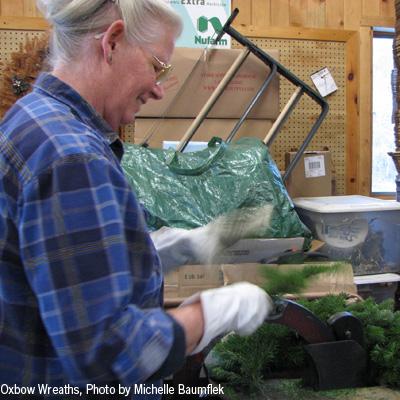Culturally and Economically Important Nontimber Forest Products of Northern Maine

A quarter of the populations of Maine, New Hampshire, Vermont, and Massachusetts gather wild foods, medicinals, and craft materials, collectively known as nontimber forest products or NTFPs. Residents gather for cultural, economic, subsistence, and recreational reasons. Gathering provides human well-being benefits, and NTFPs can be vital social and cultural resources. However, we lack basic information about the Northern Forest species that are used as NTFPs and the social and ecological relationships associated with their use. Further, ongoing changes in landownership could curtail access to NTFPs before we understand what is at stake socially and ecologically.
NSRC researchers documented NTFPs and their uses in northern Maine's St. John River watershed, home to the M'ikmaq and Maliseet Tribes. By interviewing 28 gatherers (20 Euro-Americans and 8 Native Americans) and 15 land managers/owners (collectively responsible for 78% of the study land base), researchers recorded traditional ecological knowledge about NTFP species. They then explored ways that landownership and land management affect access to NTFPs.
Findings revealed that more than 120 species of wild plants and fungi are harvested and used by residents of northern Maine. Gathering NTFPs is important to people of diverse ethnic backgrounds, especially Native Americans, and some gatherers possess extensive traditional ecological knowledge. Ecological and social diversity are reflected in corresponding diversity of gathering practices. Although changes in landownership are reducing access to NTFPs, there may be opportunities to connect gatherers and land managers to assure a future for these practices. These findings can inform recommendations for management approaches to ensure long-term sustainable use of culturally and economically important NTFPs.
Download printable version [PDF]
Download full final report [PDF]
